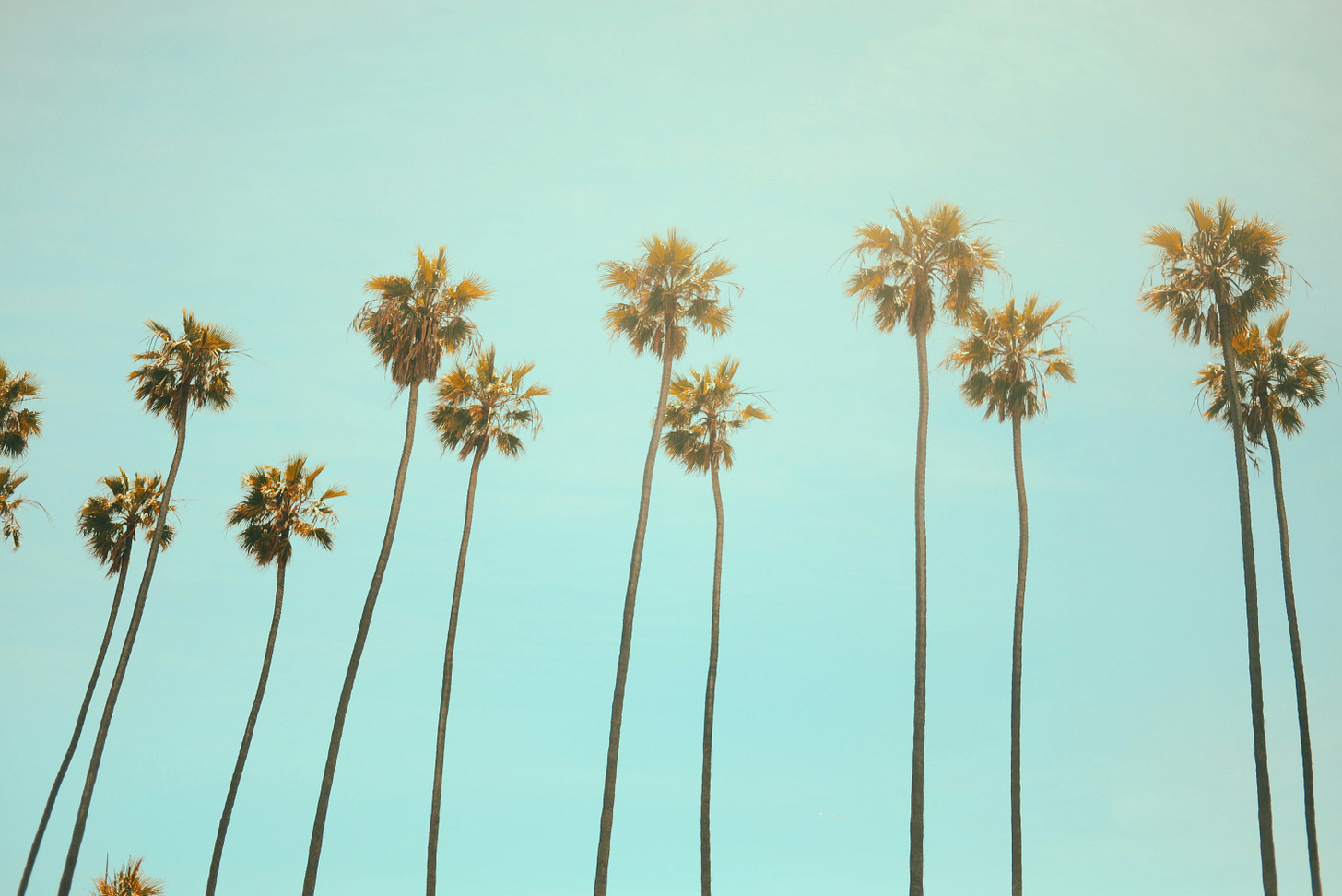
My home state is burning.
This is likely news to no one, but I didn’t pay much attention to the reports coming out of Los Angeles at first. Wildfires were so common growing up in Siskiyou County, the northernmost central county in California, that they were a normal part of rural life. Every summer, fires would spark around the hills — land that was once that of the Shasta, Karuk, and Yurok tribes, now the Klamath and Shasta-Trinity National Forests, and the surrounding incorporated areas and private ranches of Shasta and Scott Valleys — and we would hear reports of a few houses down river that were threatened, know people who were on fire crews, or, most often for those of us who lived in town, have to deal with the smoke for a few weeks until things calmed down again. Sometimes, fires would strike close to the highway so we’d could make out the blackened trees for a few years as we drove north or south on I-5.
When one of my best friends from childhood applied to work as a firefighter with CAL FIRE for a summer job during college, I started to hear stories about what it was like to be on the other side of a wildfire—you know, fires that used to take place in the wilderness. Katie would be come back with tales and jokes from the fire line, tell me about who was on her engine from high school, who had joined the US Forest Service crews instead (like my dad had for a summer when he was eighteen). After a few years, the stories changed to who was jumping out of helicopters (she was), who had made it on the Forest Service Hot Shots crews, and which friends and whose boyfriends were on what crews travelling to which fires around the state. Now Assistant Chief for Northern Region Intel (who also runs the Shasta site of Camp Cinder, a free, annual CAL FIRE training camp for young women), Katie is still one of the first people I check in with when a big fire breaks out.
Katie had been working for CAL FIRE — and I’d been living in the UK for over five years — by the time the Happy Camp Complex and the Boles Fire1 hit our home county a month apart from each other in 2014. The Happy Camp Complex Fire would be the largest of that official fire season, burning homes in the town of Happy Camp and throughout the forest of the surrounding Klamath River basin in August. She had been involved in the response to the Boles Fire in September, telling me about quick decisions that were made to direct and limit the fire’s path by firefighters who had just returned from the previous fire. Even so, one-third of the homes in Weed were lost in a town that was once booming with a busy lumber mill and now can’t even sell the (legal) substance with which it shares its name. I heard from friends of their friends or family who lost their homes, about how there was a shortage of secondhand furniture in the thrift stores that winter, saw a brief mention on international news somewhere.
Then I watched the Sonoma Complex Fires hit Napa, Sonoma, and Yuba Counties in October 2017 from 5,000 miles away. Friends in London started asking me about ‘wildfires’ and what I knew about them, and wondering, like me, how this unprecedented thing had happened, especially witnessing the Tubbs Fire that tore through part of the city of Santa Rosa. The next time I called Katie, I asked, ‘This is different, right?’
Different didn’t cover it: the Carr Fire and the Camp Fire came the following year.The Carr Fire started outside of Whiskeytown, CA, in July 2018 and, while it largely raged in the Shasta-Trinity forest, it also took out over a thousand homes, including the new family home of some friends’ parents (those of G & E mentioned in the previous newsletter). Katie was the person to tell me about the ‘firenado’ (a fire tornado) that was witnessed on that fire, the first in US history. Terrifying. In November 2018, the Camp Fire then destroyed the entire town of Paradise, CA, a place that a few folks from high school had moved to after going to college in nearby Chico. There are no words that I can add to everything that has been said about the Camp Fire, but I will say that part of my 2024 listening was Not Built For This: The Ripple Effect about Paradise and the surrounding area, ‘a cautionary tale about a town caught in the cross hairs of both the climate crisis and the housing crisis…’.
Because that’s what has become evident to me: my home state is burning, and it’s only getting worse.
Keep reading with a 7-day free trial
Subscribe to Call Me Mama to keep reading this post and get 7 days of free access to the full post archives.

